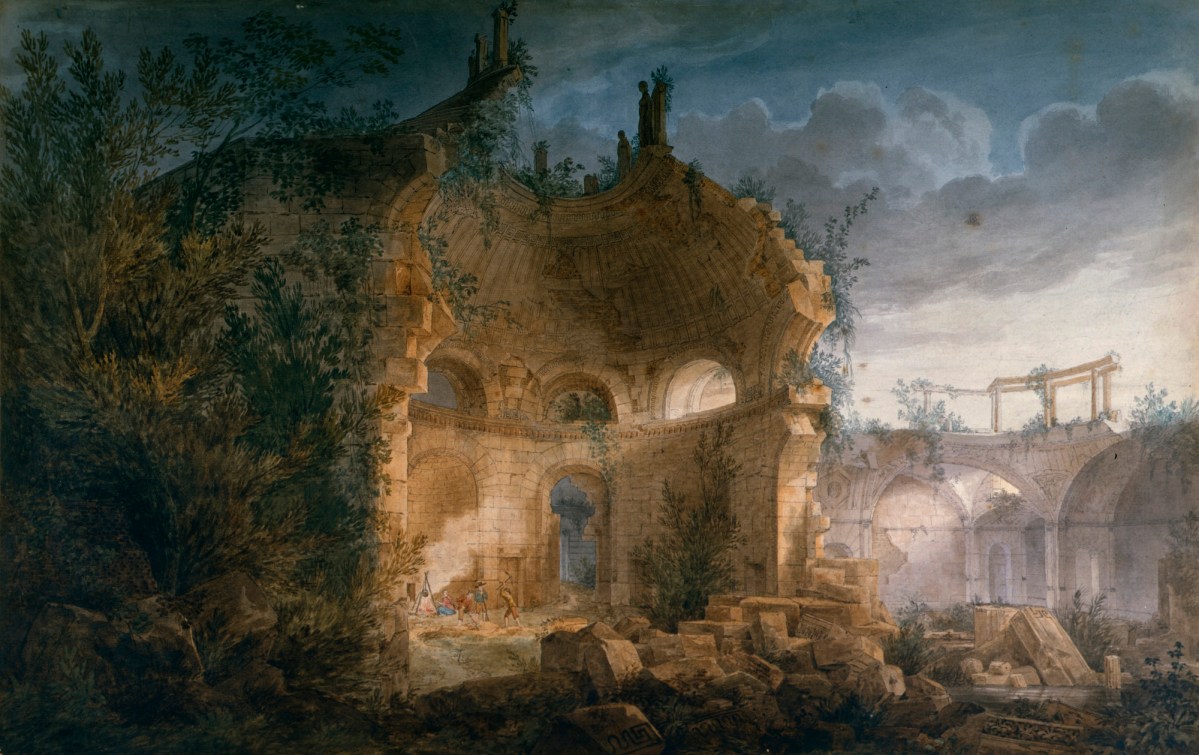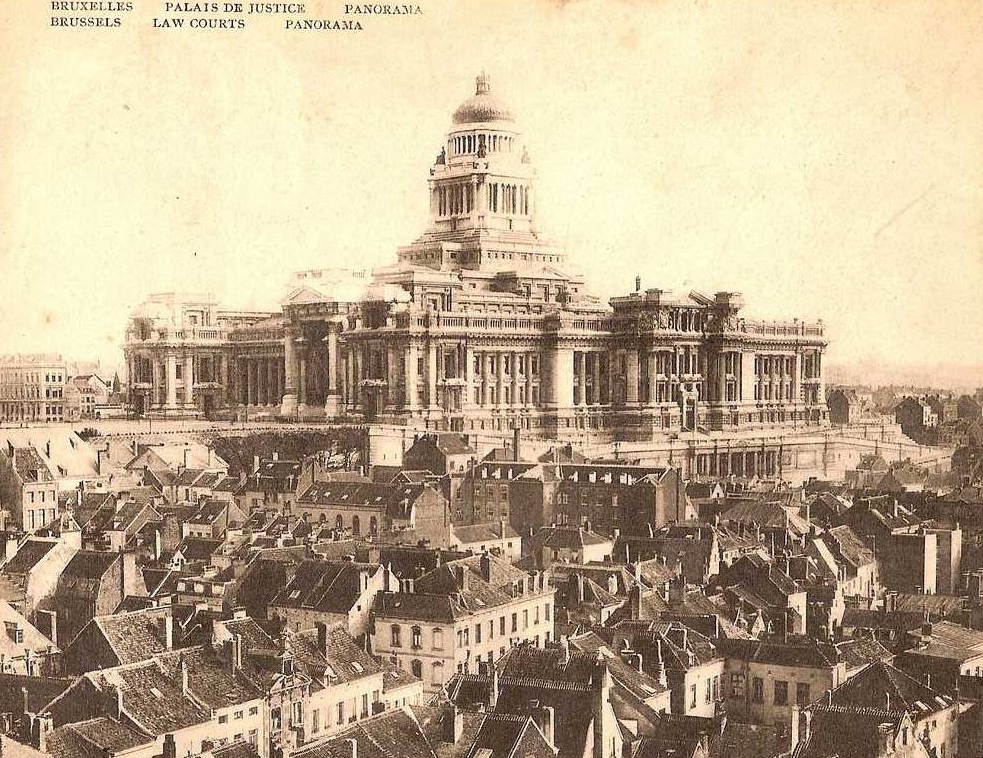Those who would build enormous structures—skyscrapers, bridges, border walls—should do so with an eye toward their eventual ruin.
Building In the Shadow of Our Own Destruction
Building In the Shadow of Our Own Destruction

Colin Dickey | Longreads | April 2017 | 12 minutes (3,060 words)
In the opening pages of Austerlitz, W. G. Sebald describes the Antwerp nocturama, a zoo enclosure of simulated darkness designed to allow visitors to watch nocturnal animals in their natural environment. Sebald finds himself fixated on a raccoon compulsively washing a piece of apple, an animal whose work goes “far beyond any reasonable thoroughness,” he writes, as though this “would help it escape the unreal world in which it had arrived.” In the same way, perhaps, I’ve been reading Sebald compulsively for the past few months, as though through this act I might find the means to escape the unreal, topsy-turvy world of this grim winter.
Sebald is often called a Holocaust writer—all his major works deal with the Nazi genocide, some more explicitly than others. But his writing is often more concerned with a crisis in European modernity, one that can be traced back as far back as the Napoleonic Wars—a crisis in which the Holocaust was a horrifying, but nearly inevitable by-product. No historical tragedy arrives, ex nihilo, like Athena from her father’s forehead. Rather, Sebald traces and patterns that are laid out decades, perhaps centuries in advance, often in plain sight. They ostentatiously draw attention to themselves, though we have no desire to recognize them. Rather than focus on cartoonish depictions of Nazism as some anomalous evil, Sebald looked for the ways that fascism grew from the innocuous and banal aspects of European culture—from textile manufacturing, to psychotherapy, to architecture.
It was in architecture that Sebald saw the most telling indicators of the inevitability of the camps, often in the most unlikely of places. In Austerlitz, Sebald’s narrator meets up with the novel’s eponymous protagonist in Brussels’ Palace of Justice, reputed to be the largest courthouse in the world. Built in the 1880s, the Palace is a massive accumulation of stone organized haphazardly, such that many of its corridors and stairways lead nowhere. Sebald sees a paranoid logic in such a building, meant as an awe-inspiring monument to justice, yet containing a lawless rabbit warren of hallways—a belief that marble and brick can forestall death itself. There was an anxious psychosis in the late-nineteenth century that led to greater and greater structures, each trying to outdo the last, further exacerbating a death drive. “At the most,” Jacques Austerlitz tells the narrator about this palace, “we gaze at it in wonder, a kind of wonder which in itself is a form of dawning horror, for somehow we know by instinct that outsize buildings cast the shadow of their own destruction before them, and are designed from the first with an eye to their later existence as ruins.”






 Get the Longreads Weekly Email
Get the Longreads Weekly Email